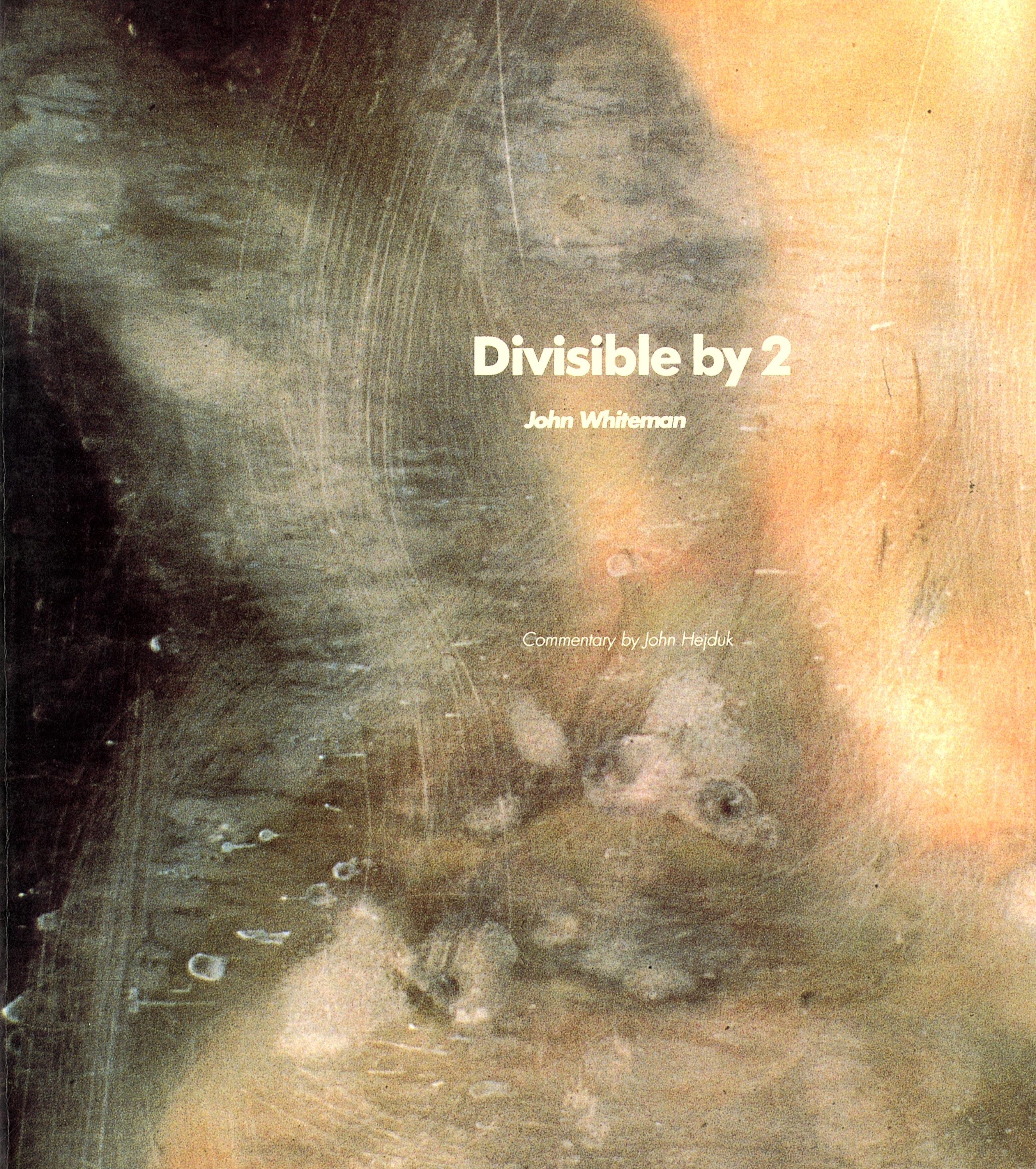The project, Divisible by 2, was conceived as an architectural experiment. The pavilion was designed to explore the political power of architecture and set at play certain cross-relationships between building, image, and word. It reconstructed the insistent event of sexual difference upon the surface of bodies, where political power makes it impact. The pavilion was intended to exist as a machine that could calibrate and effect a spatial definition at the same time as it exhibited the machinery of its architectural operations.
Divisible by 2 was prefabricated at UIC’s workshop, shipped to Vienna, and constructed in St. Pölten between June 13 and June 25, 1988. Ironically, built as an exhibit in an exhibition on the relations between architecture, city planning, and politics, the pavilion was destroyed by firebombs on the night of Sunday, July 24, 1988—possibly by persons who could not tolerate its radical themes. Although the pavilion had stirred some local controversy, uniting the political left and right in their dislike of it, it is not known exactly who destroyed the pavilion or why.










